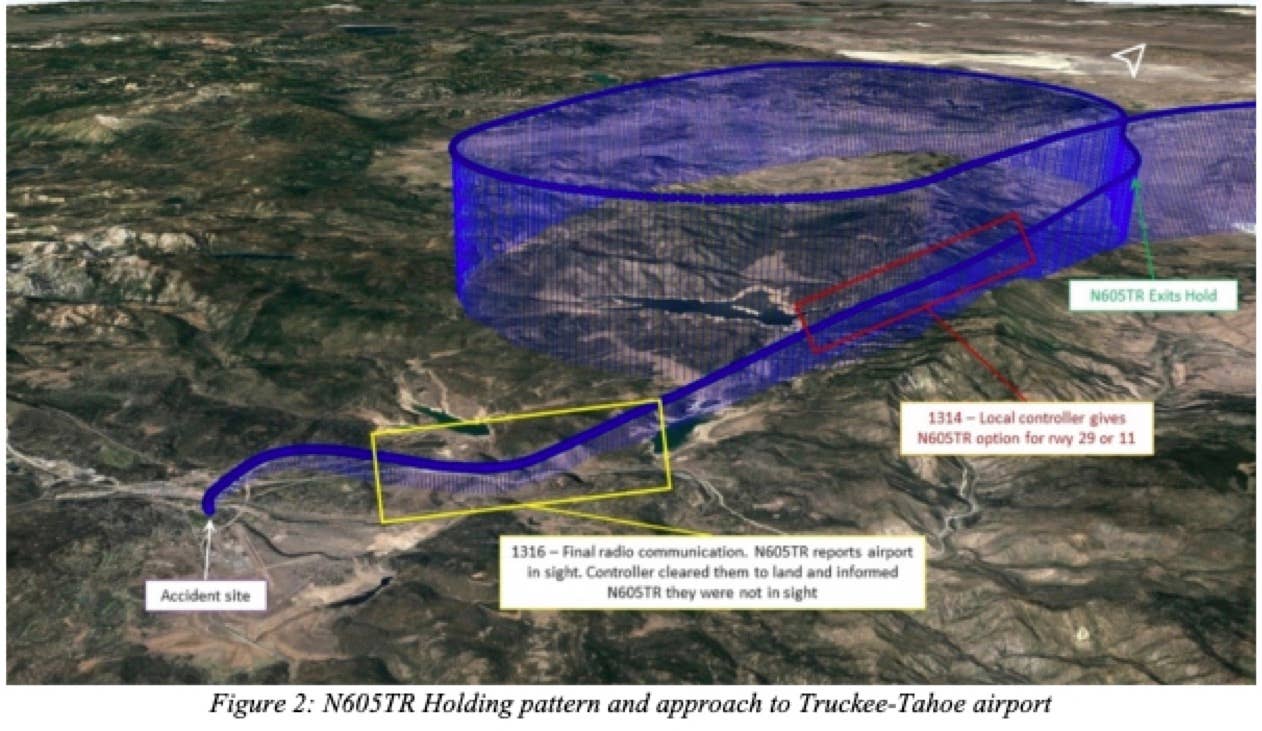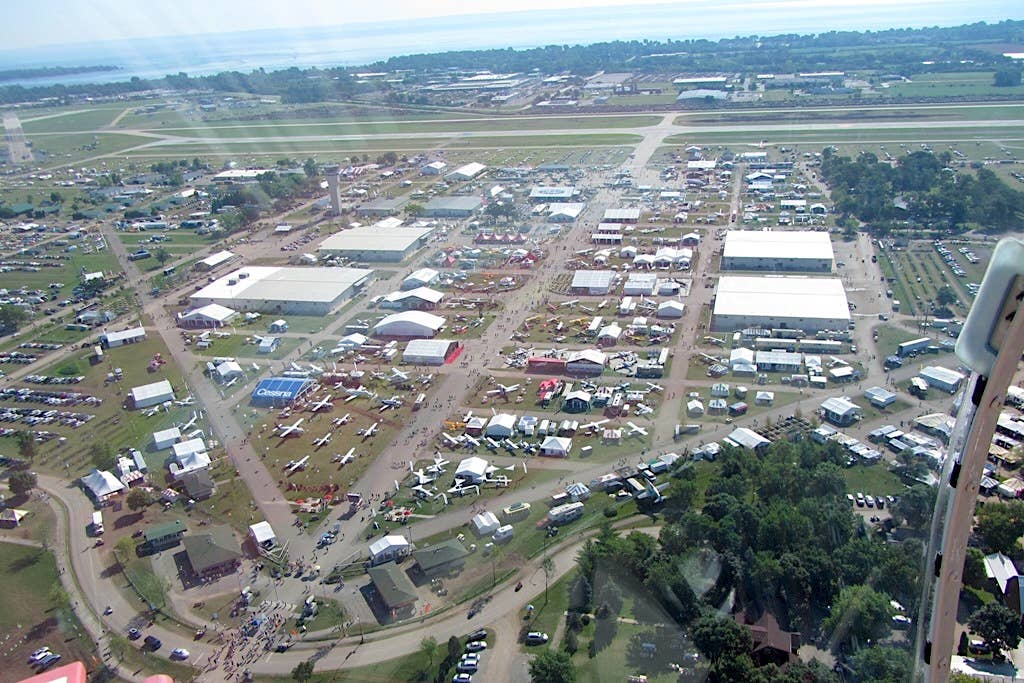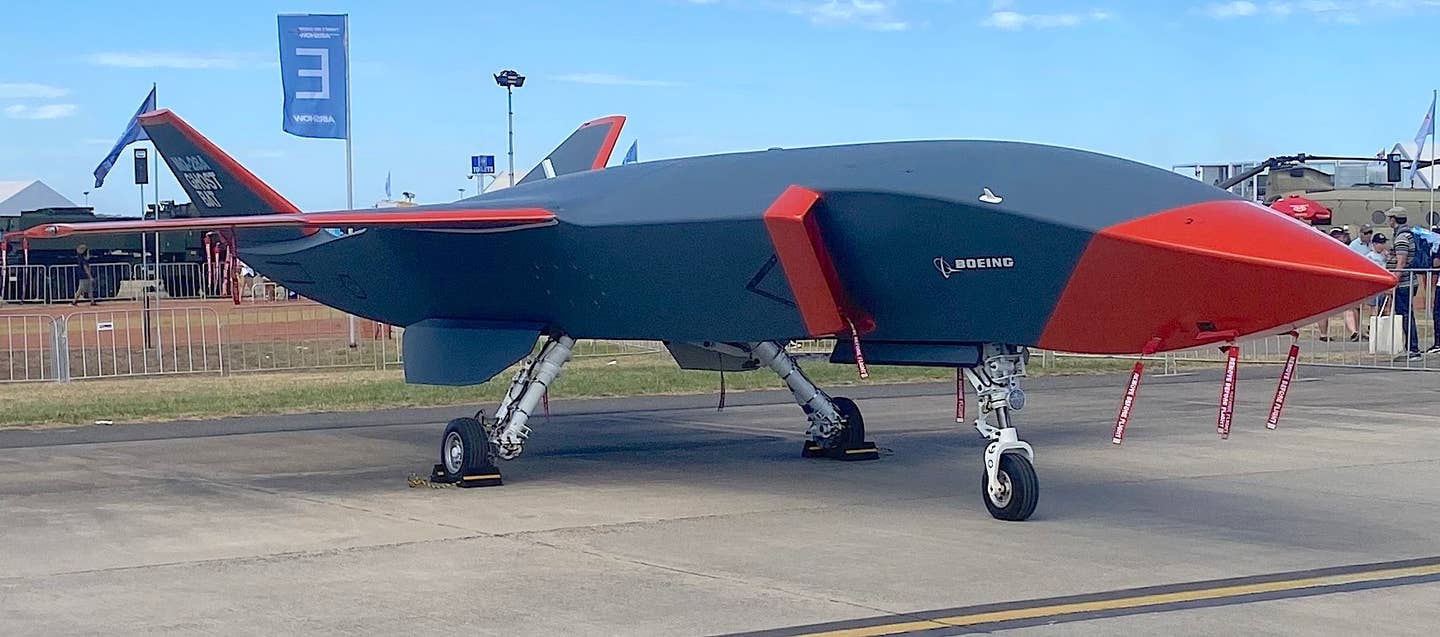NTSB Releases Preliminary Report On Truckee Challenger Crash
The National Transportation Safety Board released its preliminary report on the July 26 fatal crash of a Challenger CL600-2B16 on approach to Truckee-Tahoe Airport (KTRK) in California. The twinjet was…

Image: NTSB
The National Transportation Safety Board released its preliminary report on the July 26 fatal crash of a Challenger CL600-2B16 on approach to Truckee-Tahoe Airport (KTRK) in California. The twinjet was destroyed and all six on board died after the crew lost control on a circling approach in marginal VFR conditions, largely due to smoke from wildfires in the area. The flight originated in Coeur d'Alene, Idaho.
According to the report, after descending below 26,000 feet the crew was advised to expect the RNAV (GPS) approach to Runway 20 at Truckee, which the pilots accepted, but requested to circle to land on Runway 11, despite winds from the northwest creating a downwind-landing condition for that runway. ATC advised the crew they were number two to land and instructed them to hold north of ALVVA waypoint, the initial approach fix for the Runway 20 procedure.
After the flight left the holding pattern, ATC canceled radar services and, at the LUMMO waypoint about 9.6 miles from the airport, the flight crew contacted the tower at TRK, which offered the option of crossing over the airport and entering a left downwind for Runway 29. Instead, the crew chose to enter a left base leg for Runway 11 and reported the runway in sight. That was the last radio communication from the flight.
ADS-B data shows the Challenger overshot the runway centerline and was attempting to bank back toward the airport. Witnesses and surveillance videos show the aircraft maneuvering erratically and finally crashing between a golf course and a residential area.
The NTSB report concludes with: "The FDR [flight data recorder] and CVR [cockpit voice recorder] were recovered and were successfully read out by the NTSB’s Vehicle Recorder Lab, and the data is being analyzed.”






